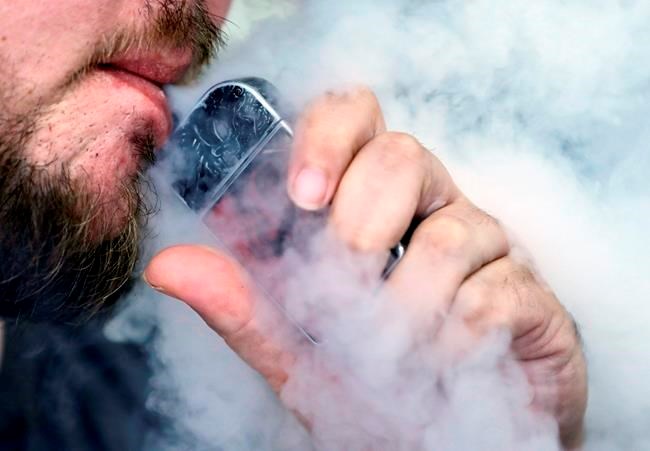Provincial Health Minister Adrian Dix has announced a series of policies aimed at curtailing the use of e-cigarettes among young people. The three most prominent measures are, first, a 20 per cent tax on these products. Second, a ban on flavoured versions where these are sold in stores that do not have an age restriction. And third, a limit on the amount of nicotine that may be present in vaping products.
The purpose of this last measure is to forestall industry attempts to attract customers by spiking their products with additional quantities of nicotine, making them more addictive. Tobacco companies, some of whom own controlling shares of e-cigarette firms, used this tactic extensively.
These are all important steps, and Dix has gone further than any other health minister in sa���ʴ�ý. But two problems remain.
First, it is possible to buy e-cigarettes online. These may very well be black market variants that have eluded quality controls.
The solution here is to have Health sa���ʴ�ý prohibit delivery companies such as FedEx from transporting these online products. Provincial governments do not have this power.
The second problem is far more troubling. In the past few months, two new pulmonary diseases have been associated with vaping.
The first, reported in the Canadian Medical Association Journal, closely resembles what’s known as “popcorn lung,” an ailment found in workers who prepare microwave popcorn products.
A 17-year-old boy in London, Ont., was admitted to hospital with severe lung disease. He had to be placed on a heart-lung machine to keep him alive, and even so he nearly died.
The boy had vaped daily for five months, sometimes using flavoured products. It was determined he had an ailment similar to popcorn lung, and that the likely cause was the flavouring contained in the vapour.
The concern, of course, is that any adult in sa���ʴ�ý can now buy those flavoured versions.
The second new disease, known as “E-cigarette Vaping Lung Injury” (EVALI for short) has been tracked to the chemical called vitamin E acetate, used as a thickening agent in some e-cigarettes.
In the U.S., 1,300 people have contracted this ailment to date, and 26 have died. The disease destroys lung tissue.
It’s believed some or all of these deaths resulted from using street versions of the product. But the fear, once again, is that no-one saw this coming.
Part of the problem is that the symptoms of vaping-related lung disorders mimic other pulmonary diseases and may be misdiagnosed.
As well, health research doesn’t proceed rapidly. We have no way of knowing what other life-threatening implications there may be in vaping, because there simply hasn’t been enough time to put all of the pieces together.
If two new diseases have been discovered in just a few months, who is to say there aren’t more waiting to be found?
Consider how long it took to tie cigarette smoking to lung cancer, then cardiovascular disease, then other cancers. Or thalidomide to deformities in infants whose mothers used the drug.
We understand the argument that if regulated products are banned, users will simply turn to street versions. Yes, some will. But when Dix reports that in just one year, from 2017 to 2018, youth vaping in sa���ʴ�ý increased by a stunning 74 per cent, the effects of this addictive product become apparent.
One of the central arguments (indeed the only argument) in favour of e-cigarettes is that they offer tobacco smokers a means of kicking the habit.
Let’s examine this. Roughly 15 per cent of British Columbians are cigarette smokers. Suppose half want to quit but can’t. That’s not a huge number.
The correct solution was to make e-cigarettes a prescription drug, approved by physicians for this group of patients. Instead, we’ve unloaded a strongly addictive product on the entire adult population, not to mention school-age kids, who will inevitably get their hands on this now widely distributed drug.
It gets worse. Cigarette smoking is increasingly limited to people of middle age or older. In a sense, it is literally dying out.
But vaping is massively associated with younger Canadians.
It took half a century to begin convincing cigarette smokers to give up their habit. We will spend the next 50 years doing the same with vaping, as the medical implications become clear.



